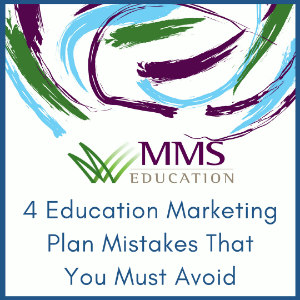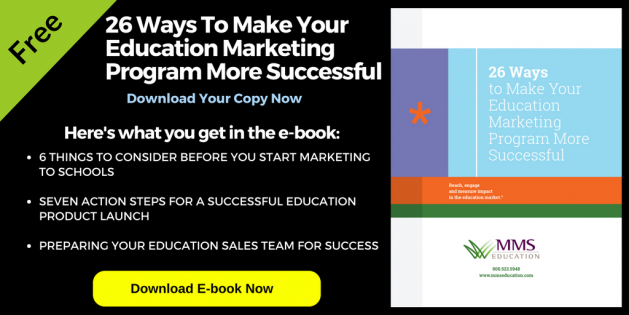 1. Assuming educators aren’t thinking about their classrooms over the summer.
1. Assuming educators aren’t thinking about their classrooms over the summer.
While they may not be making purchases during the summer, educators will be researching and considering what they want in their classrooms in the fall. And, they may actually have more time to plan in the summer, so it’s important not to leave this season out of your plan. With free time to do things other than grading papers, answering students’ questions, and coordinating student programs, they may be able to think strategically about the year ahead. So don’t miss out! Educators may be engaged year-round, so don’t disregard summer.
2. Assuming educators aren’t on social media.
They are, and regularly at that! Incorporating a social-media marketing strategy into your marketing plan will allow you to meet educators online where they spend their time.
Plus, educators take their work home with them — literally and figuratively, meaning that while educators may not necessarily be thinking about school while they’re on social media, they may still be open and available to thinking about their students, lessons, and programs. Additionally, do some research on how educators use social media sites, such as Pinterest, to find ideas, seek out inspiration, and plan for their classrooms. Focusing on your audience’s habits online can help you find the best platforms and messages to market to education professionals.
3. Assuming the end user is always your marketing target.
In some cases, yes, targeting and marketing to the end user is the best course of action. But the education market is complicated, and the end user isn’t always the one making the purchasing decision. Do research to determine your audience before your marketing begins, and decide on appropriate messaging to match that audience.
For example, when marketing to someone other than the end user, try emphasizing the main functions of your software or program—or results that users have gotten from using it—rather than the user experience. Administrative professionals and those in a position to make purchasing decisions like to see numbers and results. And finally, consider running multiple campaigns for each audience to determine which audience responds best to your outreach.
4. Assuming you don’t need to track your marketing.
Tracking your marketing efforts and results may seem like common sense. How else do you know what’s working? But this is often forgotten in an effort to get marketing out the door. Taking some time to get organized and to set up tracking systems can make things easier when you do start your campaigns—and will help you know what works and what doesn’t work for your audience. You need to know how each campaign, platform, message, and audience performs in order to be better informed the next time you start a new campaign. Plus, with tracking systems set up, you can tweak and improve your digital campaigns even while they’re running.
More information means smarter, better, and more affordable campaigns down the road. So, even though it may seem like an unnecessary technicality, tracking is always one of the most important parts of running a marketing campaign, and education marketing is no different.
Clients choose MMS Education because of our deep understanding of the education market, backed by nearly 40 years of working with schools, systems, administrators, and agencies.
Most importantly, we embrace your mission and deliver on time and on budget, whether you’re outsourcing one specific project or need a complete turnkey operation.
Call us today at 800-523-5948 or fill out this form to see how MMS Education can help you reach, engage, and measure impact in the PreK-12 education market.

